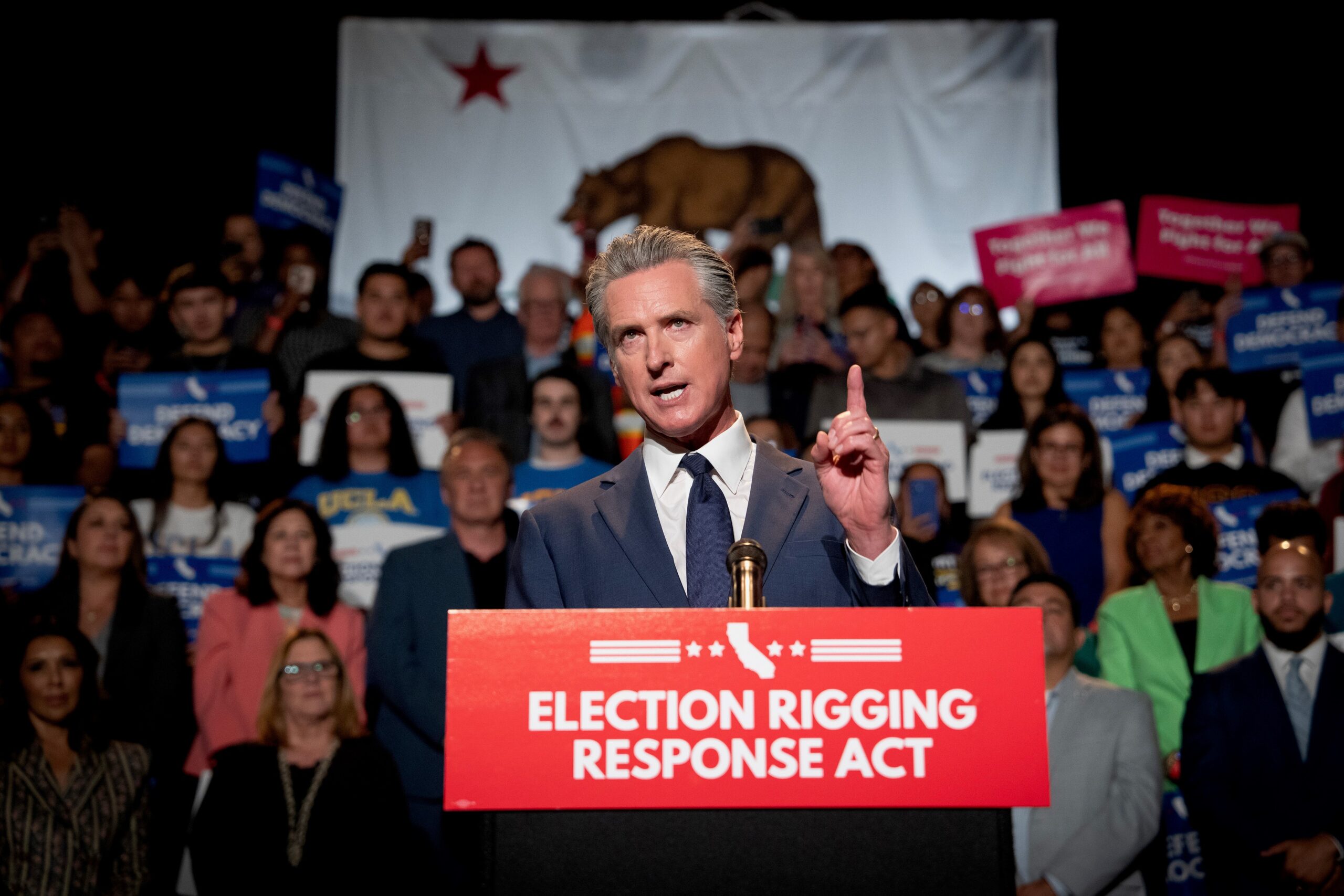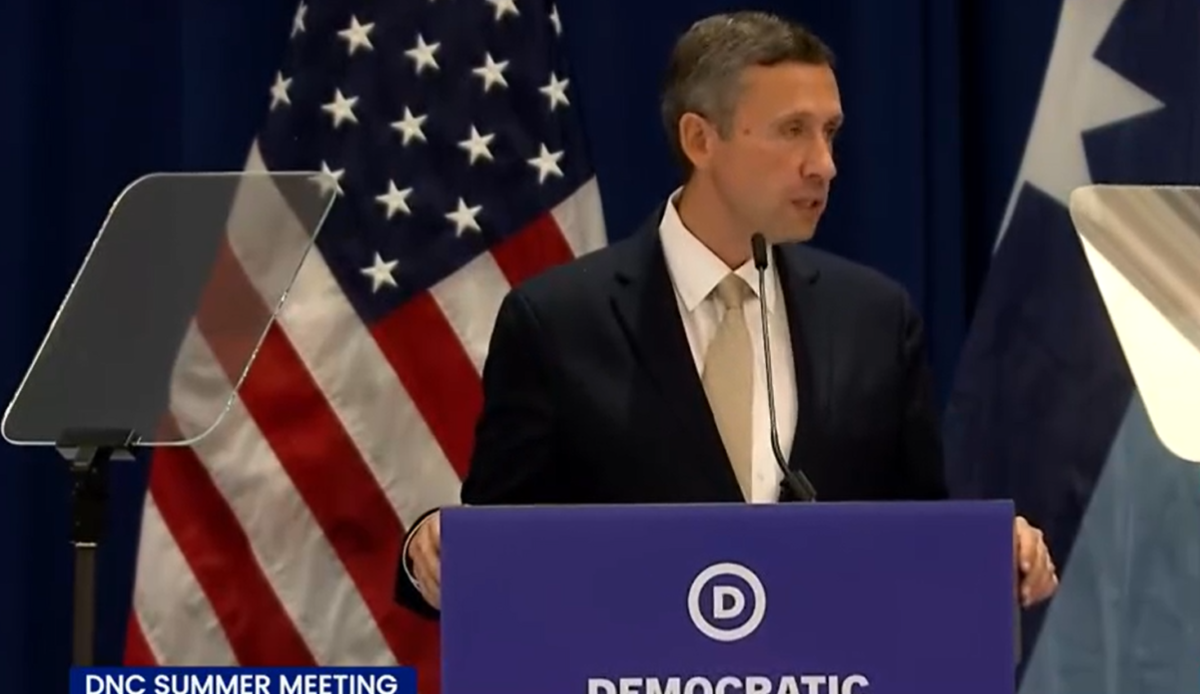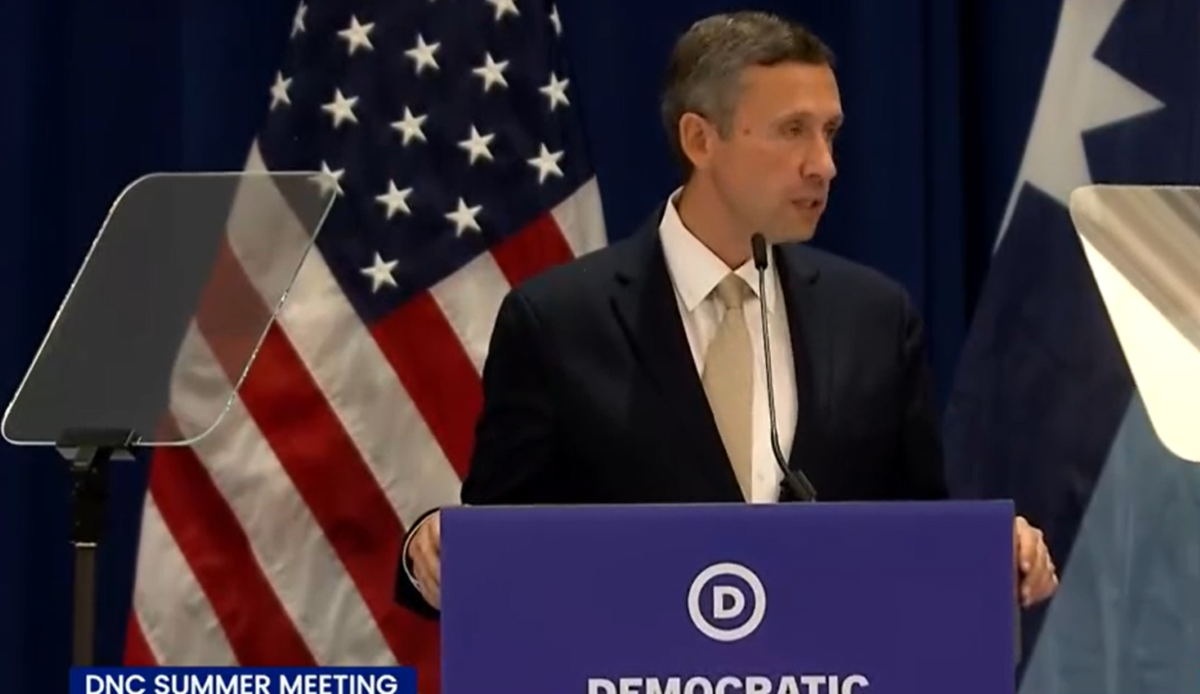California Governor Gavin Newsom has announced a proposal for a special election this November to consider Proposition 50, a measure that would shift congressional redistricting authority from the independent Citizens Redistricting Commission back to the state legislature, where Democrats hold a supermajority. Newsom frames this move as a response to what he describes as Republican gerrymandering in Texas, aimed at influencing the 2026 midterm elections.
Critics argue that Newsom’s initiative is a strategic power grab disguised as a defense of democracy. “This is performative politics in pursuit of the White House,” said Chuck DeVore, chief national initiatives officer at the Texas Public Policy Foundation.
The proposed measure comes as Texas Republicans prepare to implement a new congressional redistricting map, which has been characterized by Newsom as an effort to “rig” elections. He has taken to social media, stating, “We are fighting fire with fire,” and accusing Texas lawmakers of actions akin to those of dictators.
A recent poll from Politico indicates that Newsom is currently leading former Vice President Kamala Harris among California’s registered Democratic voters, with 25% supporting him compared to 19% for Harris. This shift in support may reflect Newsom’s aggressive political strategy as he eyes a potential presidential run.
The historical context of redistricting in the U.S. reveals that the practice is not new. The term “gerrymandering” originated from a 1812 redistricting effort by Massachusetts Governor Elbridge Gerry, which aimed to benefit his party. Today, the authority to draw congressional maps is constitutionally granted to state legislatures, as outlined in Article I, Section 4 of the U.S. Constitution.
Texas’s current redistricting efforts stem from a series of federal court rulings that have reaffirmed state discretion in drawing district lines. Notably, the 2019 Supreme Court decision in Rucho v. Common Cause ruled that partisan gerrymandering is a political question beyond the reach of federal courts, limiting federal intervention in such matters.
The proposed Texas congressional map is expected to increase the Republican majority from 25 to 30 seats, while also creating two majority-black districts and at least one additional Hispanic-majority district. This contrasts with California’s current districts, which provide a greater political advantage to Democrats.
Despite the anticipated support from the Democratic-controlled California legislature, public opinion on Newsom’s Proposition 50 appears to be unfavorable. Some polls suggest that voters oppose the measure by a margin of 2 to 1, indicating significant resistance to changing the established redistricting process.
Adding to the complexity of Newsom’s proposal, former Republican Governor Arnold Schwarzenegger has publicly opposed the measure, defending the independent redistricting commission he helped establish in 2010. Schwarzenegger’s involvement could galvanize opposition, as he aims to protect what he considers a critical reform.
As Newsom navigates this political landscape, he faces challenges not only from voters but also from a growing coalition of opponents. With approximately $100 million expected to be raised to defend the current redistricting system, Newsom’s path forward may be steep. Nonetheless, he appears committed to leveraging this situation to bolster his national profile ahead of the 2028 presidential election, particularly as he prepares to leave office next year amid economic challenges in California.
READ ICE Arrests Convicted Criminals in Nationwide Operation



